Monocrystalline vs. Polycrystalline Solar Panels: Pros, Cons & Differences
-
Shea Cummings
- Last updated:
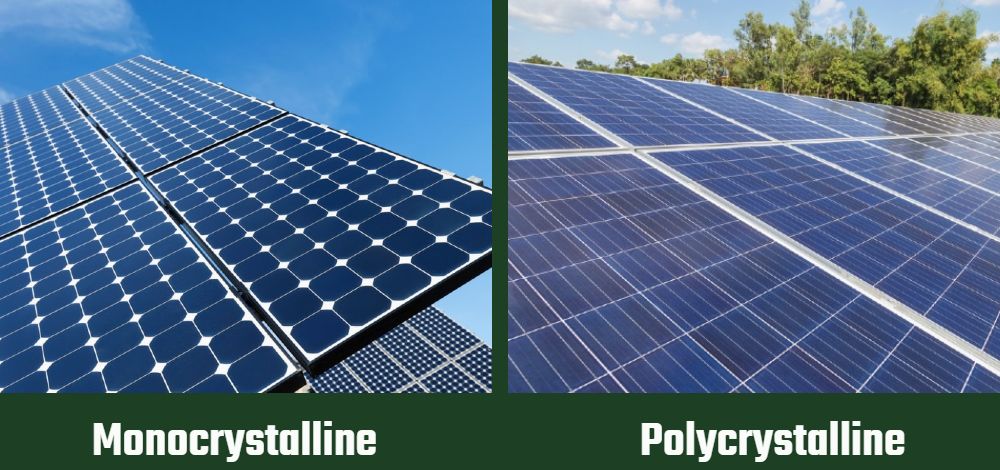
Once upon a time, choosing a solar panel was an easy choice because there were only so many options available. Things have changed now that solar power generation is becoming more accessible for the average person.
Monocrystalline and polycrystalline solar panels are two worth comparing. Both panels are common but have significant differences. This article will cover the pros and cons of each and display their differences, so you can choose the one that’s right for you.
Overview of Monocrystalline Solar Panels
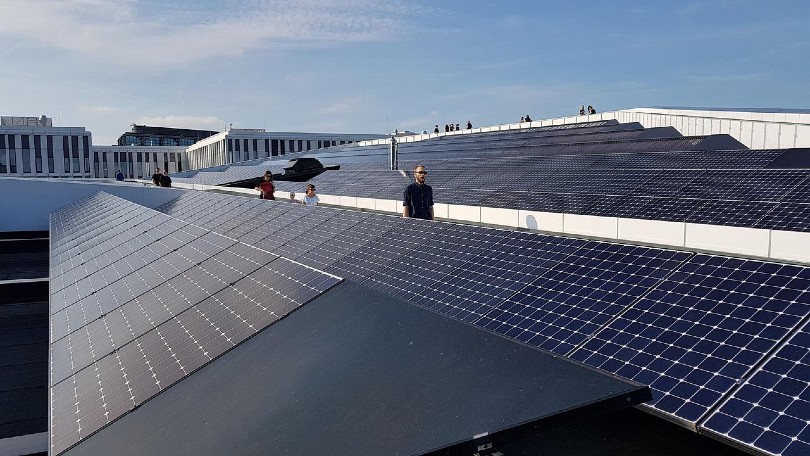
When you have a limited amount of space, a monocrystalline panel is a good option if you have an adequate budget. Also, these panels are usually more aesthetically pleasing and blend in better because of their black color.
While these panels are typically recognized as the best type of solar panel, they are not the most widely used.
Efficiency
A monocrystalline solar panel consists of solar cells made from one silicon crystal. This makes for a much higher crystal purity compared to a polycrystalline panel. And that purity contributes to high efficiency.
These panels are typically 15%–20% more efficient depending on the size. This could be the difference between having enough power or not if you only have room for a couple of panels.
Ideal Applications
Typically monocrystalline panels are used in large-scale commercial and residential solar power production. However, it’s not unheard of for them to be used in smaller applications such as portable solar power charging for laptops or phones.
- High efficiency
- Pleasing aesthetic appearance
- 25+ years expected lifespan
- More efficient in temperature changes
- Expensive
- Not durable
Overview of Polycrystalline Solar Panels
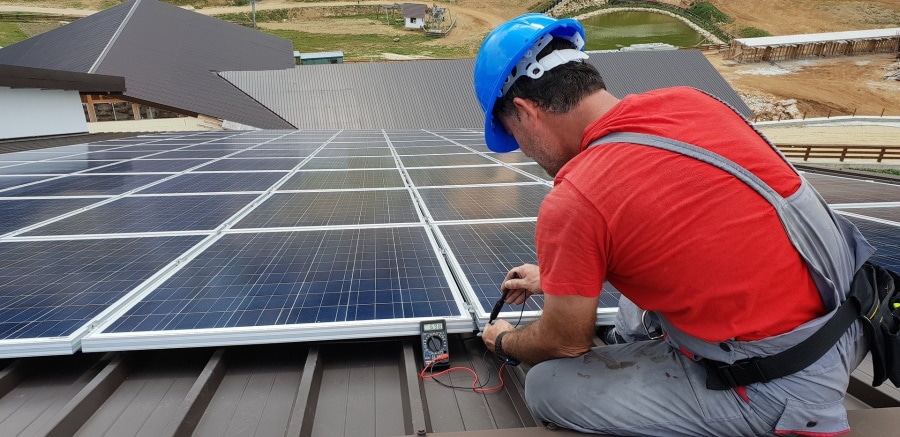
Polycrystalline solar panels are a more eco-friendly option because there is less silicon waste. When a monocrystalline panel is made, the crystal is shaped for the panel, resulting in waste. But because of how there are constructed, polycrystalline panels result in much less waste.
Efficiency
As you may have guessed by the name, polycrystalline solar panel cells consist of several silicon crystal fragments. This allows for much cheaper production. But as a result, the efficiency of these panels is a far cry from a monocrystalline panel.
However, since they are also significantly cheaper, if you have the space, you can simply install more panels to make up for the lack of efficiency.
Ideal Applications
A polycrystalline panel makes the most sense in climates where the temperatures don’t get warm very often because their efficiency goes way down. Outside of that, they are extremely common in both commercial and residential applications.
- Cheaper option
- 25+ years expected lifespan
- Eco-friendly manufacturing
- Not as efficient
- Blueish color of the panel makes it less aesthetically pleasing
- Less effective when temperatures change
Choosing the Right Panel
At first look, the monocrystalline solar panels seem like the obvious choice. And while they do offer superior power production, they aren’t the end-all-be-all answer.
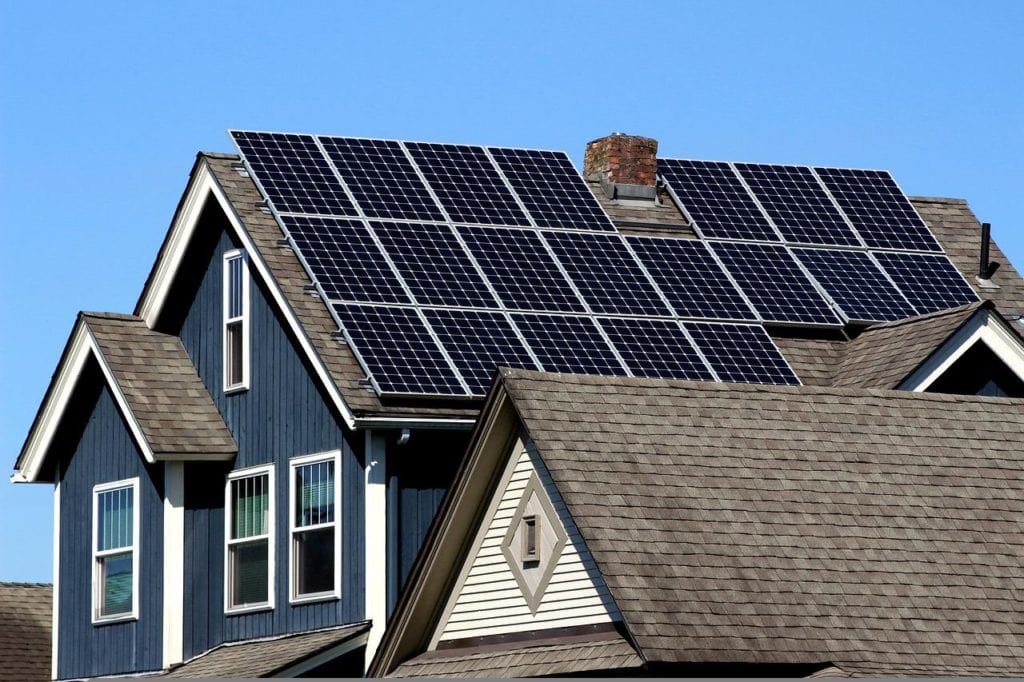
Color
If color and style are your primary buying concerns, the monocrystalline solar panel is probably the one you want. The solar cells have a more uniform look to them, and the black color blends in much nicer in most cases than the blue color of a polycrystalline panel.
Space
This one is a two-sided answer. If you have limited space, the monocrystalline panels will offer you more efficiency with fewer panels.
However, if you have ample space, it’s worth considering a polycrystalline panel. They are significantly cheaper, and if you have room for more panels, you won’t notice the efficiency drop.
Budget
Polycrystalline panels are the winners by a longshot when it comes to being budget-friendly. If you need to keep costs down but still want to invest in solar power, these panels will give you that option. Over their 25-plus-year life, they will pay for themselves too.
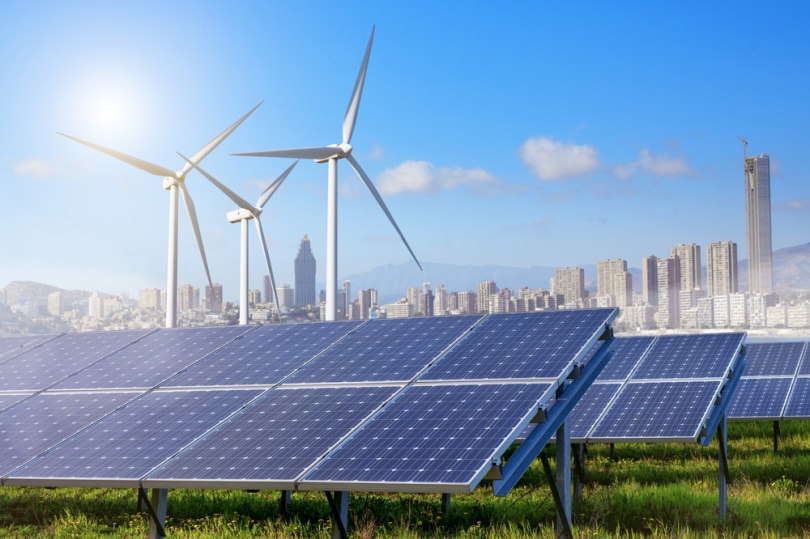
Efficiency
If you’re looking for the most efficient and highest-powered panels on the market, the monocrystalline panels are the way to go. At 15%–20% more power than the equivalent polycrystalline panel, it’s a no-brainer.
Durability
While both panels have long expected lifespans, the monocrystalline panel typically lasts longer. However, when it comes to being damaged by external forces, the polycrystalline panels have a bit better durability.
Temperature Sensitivity
As far as temperature is concerned, the monocrystalline panels don’t lose efficiency like their counterparts. That being said, if you live in a usually cooler climate, this isn’t a big deal, and the polycrystalline panel would save you money.
FAQ
Which panel is heavier?
Typically, polycrystalline solar panels are heavier, making them more durable than their counterpart.
Which panel will pay for itself sooner?
There are far too many contributing factors to answer this definitively. How many panels are being installed? How much sun do they get? How much power is being used? All these factors play into this.
But if we put it into perspective back in the early 2000s, when solar power was relatively new for the average person. Most panels were generating more energy than they used within about 4 years. Both of these panels have lifespans of over 25 years.
Can I mix both types of panels?
Technically, you can. However, it’s not ideal because of the efficiency and power differences. If you do mix panels, ensure they are wired on different strings to prevent any problems with the differences between them.
Conclusion
There’s our crash course on monocrystalline and polycrystalline solar panels. The monocrystalline panel is your best bet if you’re looking for the most powerful and efficient panel. But if you’re looking to save money upfront and have the space for an extra panel or two, then polycrystalline panels will offer you a great value for your money.
- https://www.azocleantech.com/article.aspx?ArticleID=603#:~:text=Applications%20of%20Monocrystalline%20Solar%20Panels,on%20the%20type%20of%20application.
- https://www.ecowatch.com/monocrystalline-vs-polycrystalline-solar-panels-2654716551.html
- https://news.energysage.com/monocrystalline-vs-polycrystalline-solar/
- https://quebecsolar.ca/what-is-the-difference-between-monocrystalline-and-polycrystalline-solar-panels/
- https://economictimes.indiatimes.com/small-biz/productline/power-generation/polycrystalline-solar-panels-cheap-yet-efficient-long-lasting-solar-panels/articleshow/69130611.cms?from=mdr
Featured Image Credit: (L) ABC Photo, Shutterstock | (R) Soonthorn Wongsaita, Shutterstock
Contents
